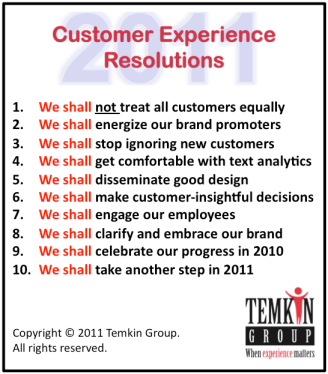(Photo courtesy CNNMoney)
The news world is abuzz with news & conversations about the Jeff Bezos buying The Washington Post. Here are a few points in the announcements that caught my attention:
- Bezos’ first communication to The Post'’s employees elaborated clearly where the priority lies – the customer.
- “The paper’s duty will remain to its readers and not to the private interests of its owners.”
- “We will need to invent, which means we will need to experiment. Our touchstone will be readers, understanding what they care about – government, local leaders, restaurant openings, scout troops, businesses, charities, governors, sports – and working backwards from there.”
- How often do we get to hear about an individual’s decency as a deciding factor in world of mergers & acquisitions? In the case of Jeff Bezos, it seems quite often.
- From Donald Graham’s statement: "Jeff Bezos’ proven technology and business genius, his long-term approach and his personal decency make him a uniquely good new owner for The Post."
- As seen in earlier cases earlier (like when Zappos was acquired by Amazon), values finds multiple mentions in Bezos’ communication.
- “When a single family owns a company for many decades, and when that family acts for all those decades in good faith, in a principled manner, in good times and in rough times, as stewards of important values – when that family has done such a good job – it is only natural to worry about change.”
- “The values of The Post do not need changing.”
It will indeed be interesting to see how Bezos will try & innovate The Post out of its financial misery. What kind of innovations will we get to see in the world of news publishing? After the medium, is it now the turn of the content to play a role in Bezos’ & Amazon’s vision?


 (Photo courtesy
(Photo courtesy 




